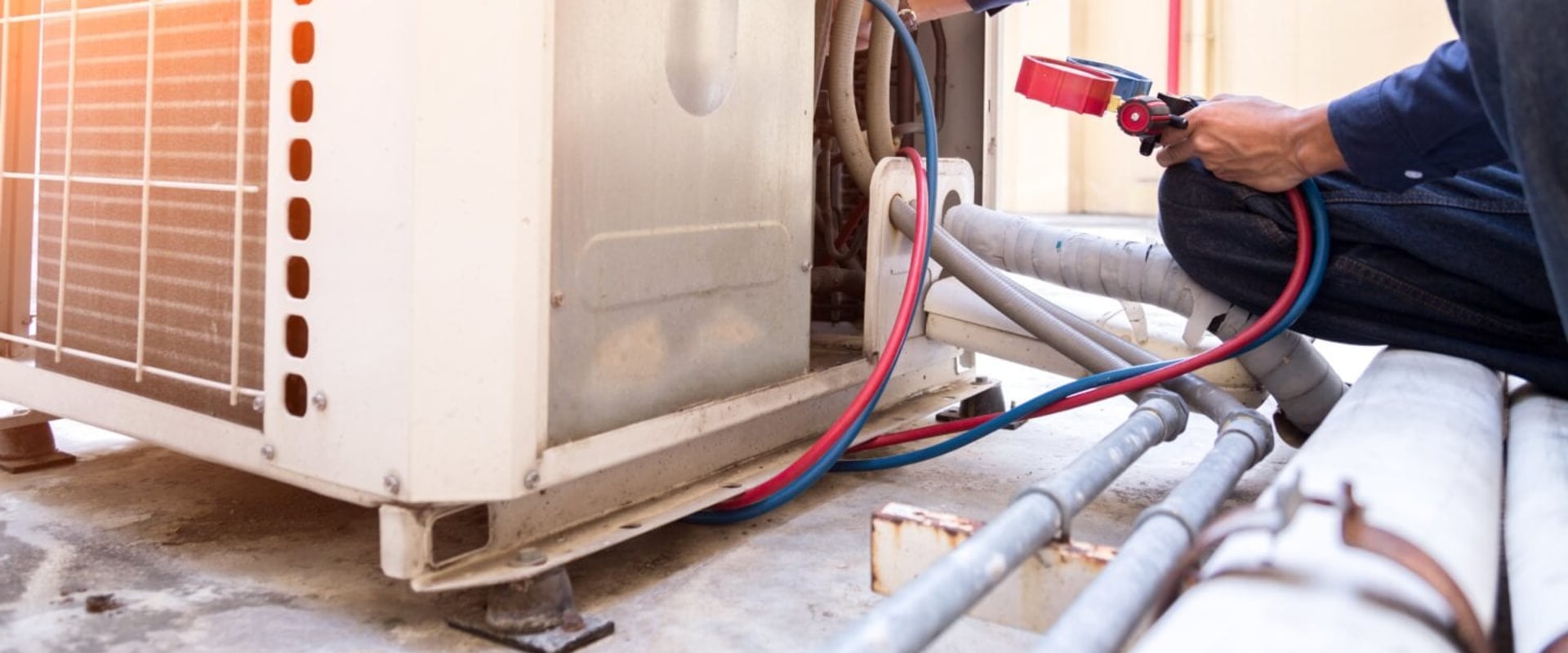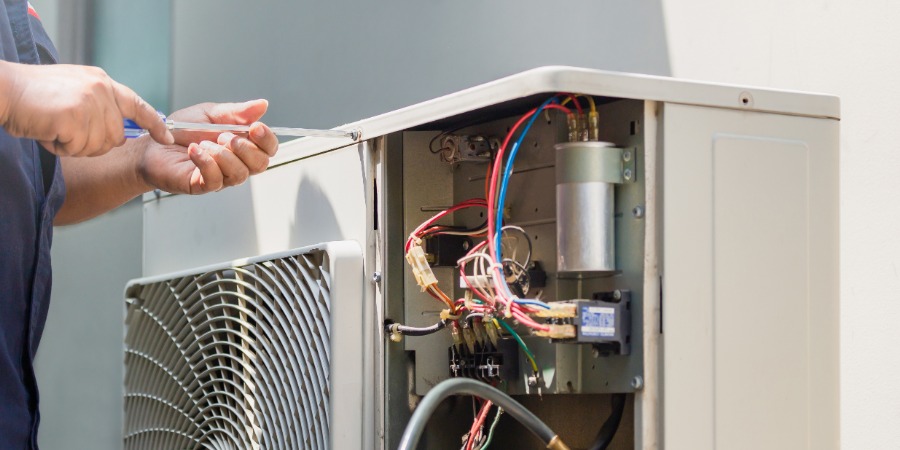Exactly How to Boost Energy Effectiveness With Your Cooling And Heating System and Furnace Upgrades
As power prices continue to rise, the importance of improving power performance with Heating and cooling system and heating system upgrades can not be overstated. Evaluating your existing system's performance and considering energy-efficient choices are crucial very first steps.
Evaluate Your Existing System
Prior to embarking on any kind of upgrades, it is important to evaluate your current a/c system and heating system to recognize their effectiveness and performance. This first examination offers a structure for determining locations that need improvement and notifies decisions regarding potential upgrades. Begin by checking out the age of your heating and cooling system, as outdated designs might lack modern-day energy-saving attributes.

Power intake records will additionally contribute in assessing your system's operational prices. By examining utility costs, you can establish patterns of power usage and identify spikes that call for further examination. Last but not least, think about conducting a specialist energy audit to obtain a professional assessment of your system's efficiency. This comprehensive analysis will certainly guide you in making educated selections around needed upgrades, guaranteeing that your financial investments in energy performance yield the wanted benefits.
Upgrade to Energy-Efficient Versions
Upgrading to energy-efficient designs is a pivotal step in boosting the total performance of your a/c system and heater. These modern units are created to eat much less energy while supplying optimal heating and air conditioning, causing significant expense savings on energy costs and a lowered environmental footprint.
When thinking about an upgrade, try to find versions that have high Seasonal Power Efficiency Ratios (SEER) for air conditioning and Annual Fuel Usage Effectiveness (AFUE) scores for heating systems. These rankings show the performance of the devices, with higher numbers showing better performance. Energy-efficient designs commonly include innovative modern technologies, such as variable-speed electric motors and wise thermostats, which additionally improve power cost savings.
Furthermore, several energy-efficient heating and cooling systems are furnished with enhanced insulation and much better sealing, which minimize power loss and boost interior comfort. HVAC Farmington MO. While the first financial investment might be greater, the lasting cost savings on energy costs and potential tax obligation motivations for utilizing energy-efficient home appliances can offset this expenditure dramatically

Ultimately, upgrading to energy-efficient designs not just adds to a more sustainable future yet also elevates the comfort and effectiveness of your home or organization.
Optimize System Setups
To make the most of the efficiency of your Heating and cooling system and heating system, it is vital visite site to enhance read the article system settings tailored to your specific needs. Beginning by establishing your thermostat to an energy-efficient temperature level.
Use programmable or wise thermostats that enable you to arrange temperature adjustments instantly. This guarantees your system runs only when necessary, reducing power intake. Furthermore, make sure that your system is readied to run in the correct setting-- home heating in wintertime and cooling in summer-- while avoiding the continual follower option unless required for air circulation.
Consider zoning systems that allow personalized comfort in various locations of your home, even more boosting efficiency. By fine-tuning these setups, you can attain significant energy financial savings while maintaining a comfy living environment.
Improve Insulation and Sealing
A well-insulated home is crucial to making best use of the efficiency of your HVAC system and furnace. Appropriate insulation decreases the workload on these systems, thus saving power and reducing utility expenses.
Along with insulation, securing gaps and fractures is crucial. Pay special focus to windows, doors, and any penetrations in wall surfaces, such as electric outlets and plumbing fixtures. Weatherstripping and caulking can successfully secure these openings, protecting against drafts that endanger your cooling and heating performance.
Moreover, make certain that air ducts are appropriately protected and sealed. Leaky air ducts can bring about considerable energy losses, lowering system efficiency. Utilizing mastic sealant or metal tape to secure duct joints can enhance air movement and effectiveness.
Set Up Regular Maintenance
Regular maintenance of your Heating and cooling system and heating system is necessary for making certain optimum efficiency and long life. Throughout upkeep, a certified service technician will certainly clean and replace filters, check you can look here refrigerant degrees, evaluate ductwork for leakages, and review total system procedure.
It is advised to set up upkeep at the very least twice a year-- when in the spring for the cooling system and when in the autumn for the heater. hvac. Regular maintenance helps maintain consistent indoor temperatures, guaranteeing comfort throughout the year. Additionally, a properly maintained system runs a lot more effectively, which can lead to noticeable decreases in energy costs
Ignoring upkeep can result in lowered effectiveness, boosted deterioration, and ultimately, system failing. By prioritizing regular solution, house owners can stay clear of unexpected malfunctions and ensure their a/c system and furnace operate at peak performance. Investing in upkeep is a crucial action in enhancing power efficiency and developing a more lasting home atmosphere.
Conclusion
Finally, enhancing power efficiency within cooling and heating systems and heating system upgrades is important for lowering energy intake and improving general comfort. A methodical approach that includes examining the existing system, investing in energy-efficient models, maximizing settings, improving insulation, and scheduling routine upkeep can cause considerable benefits. Applying these methods not only lowers energy expenses yet additionally adds to a more lasting setting, making it imperative for property owners to focus on these upgrades.